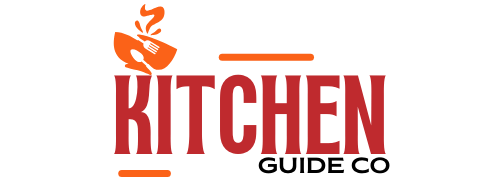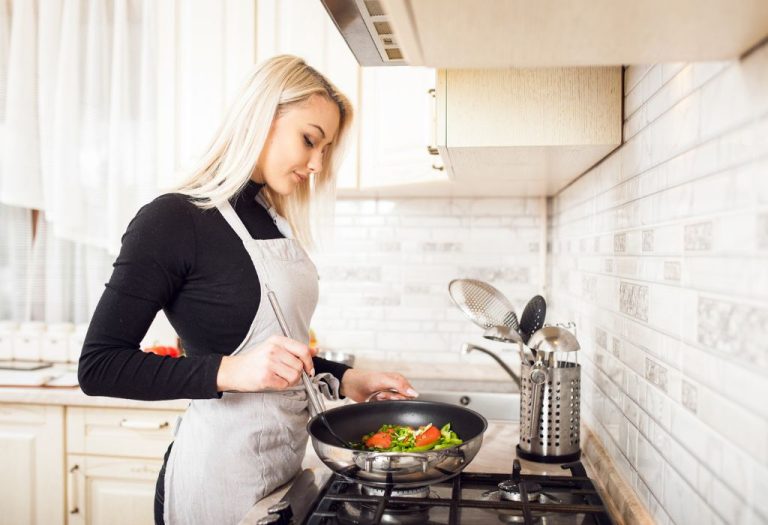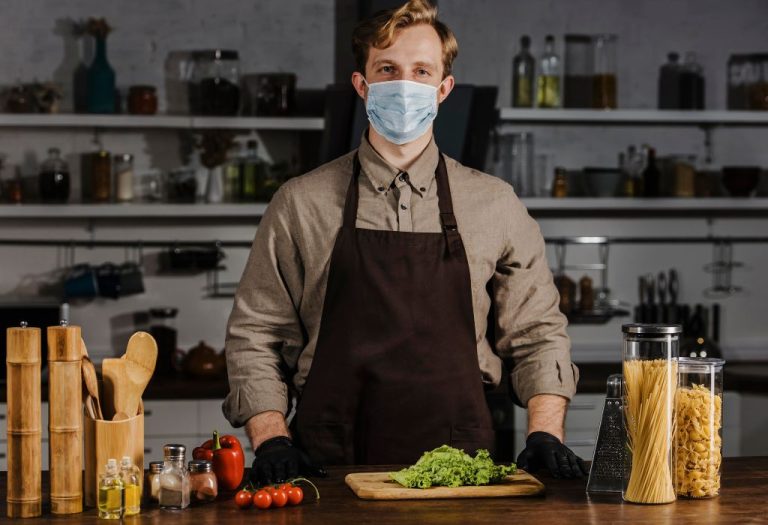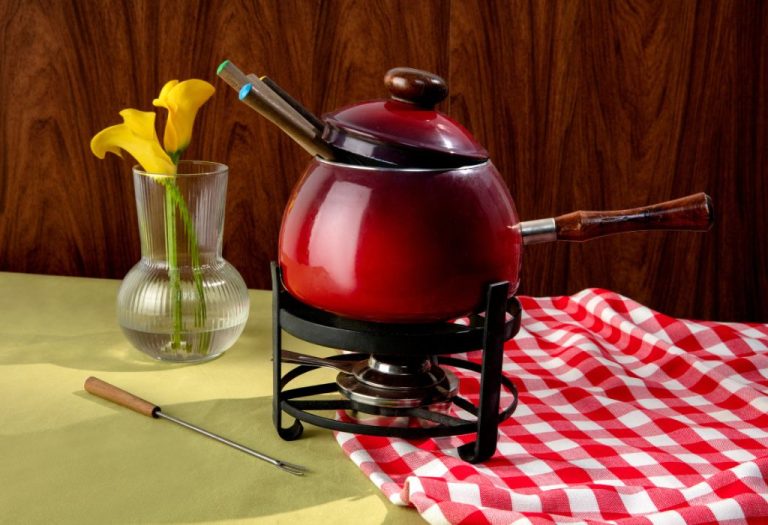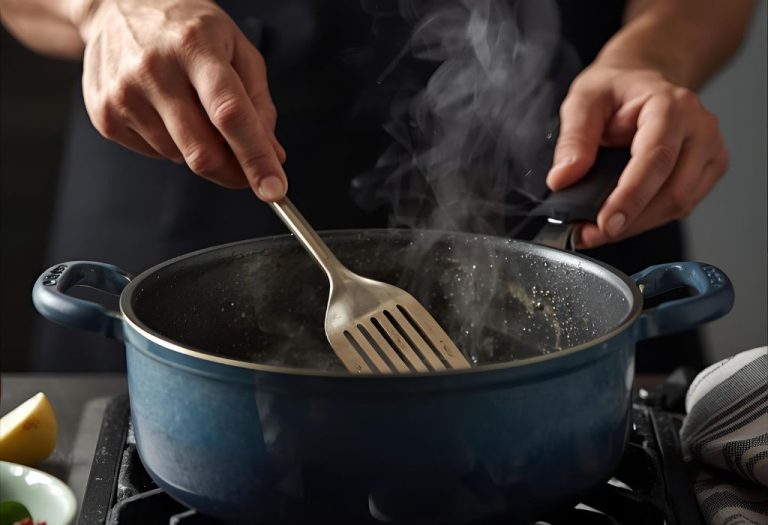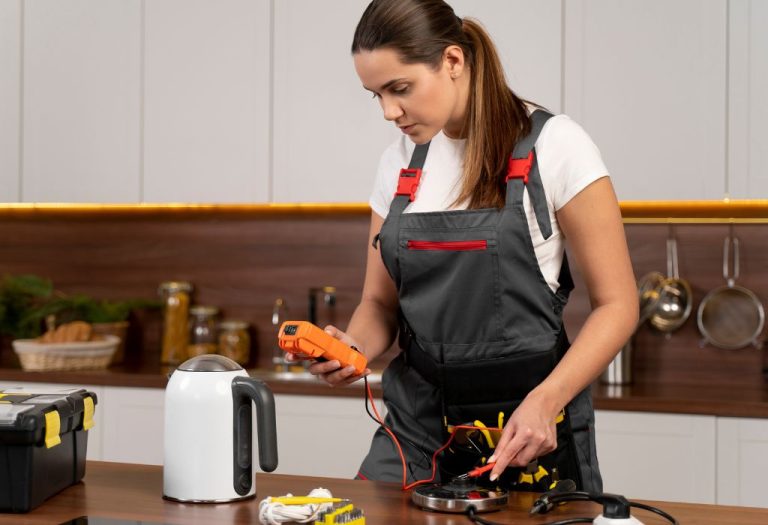The aroma of freshly cooked chicken filled the kitchen, but within hours, the joy turned into a hospital visit. The culprit? Improper food handling.
Every year, the World Health Organization reports that 600 million people suffer from foodborne illnesses worldwide. Many of these cases start in home kitchens.
Food safety is not just about taste — it’s about protecting the health of everyone at the table. By following a few essential rules, you can turn your kitchen into a safe, healthy space.
This guide covers the most important food safety points every cook should know. From proper handwashing to safe storage, you’ll learn how to keep meals delicious and risk-free.
Why Food Safety in the Kitchen Matters

Kitchen hygiene directly affects health. Unsafe food can cause illnesses such as Salmonella, E. coli, and Norovirus.
The CDC states that 48 million Americans get sick from foodborne diseases each year, with 3,000 deaths. Most of these cases are preventable.
Understanding and applying basic food safety practices reduces the risk for everyone, from home cooks to professional chefs.
Keep Hands and Surfaces Clean
Cleanliness is the first step to safe cooking. Germs spread easily from hands, utensils, and counters to food.
Wash hands with soap and warm water for at least 20 seconds before and after handling food. Clean and sanitize countertops, sinks, and utensils regularly.
Replace kitchen sponges every 1–2 weeks to avoid bacterial buildup.
How often should you wash kitchen towels?
At least every two days, or immediately if they touch raw meat.
Can antibacterial soap be used for kitchen hygiene?
Yes, but regular soap is effective if used properly.
Do wooden cutting boards hold more bacteria?
No, studies show they can be as safe as plastic if cleaned correctly.
Separate Raw and Cooked Foods
Cross-contamination is a major cause of food poisoning. Always use separate cutting boards for raw meat and ready-to-eat foods.
Store raw meat on the bottom shelf of the fridge to prevent juices from dripping onto other foods.
Color-coded utensils can help keep raw and cooked food separate.
Is it safe to cut vegetables after raw meat on the same board?
Not without cleaning and sanitizing the board first.
Should raw meat be stored on the bottom shelf?
Yes, to prevent cross-contamination.
Can I reuse marinades from raw meat?
Only if they are boiled before use.
Cook Foods to the Right Temperature
Cooking food properly kills harmful bacteria. Undercooked food can be dangerous, even if it looks done.
Use a food thermometer to check internal temperatures: chicken (165°F/74°C), beef (145°F/63°C), seafood (145°F/63°C).
Eggs should be cooked until both yolk and white are firm.
What is the safe temperature for chicken?
165°F (74°C).
Do I need a thermometer for steak?
Yes, to ensure safe cooking.
Can microwaving kill all bacteria?
Not always — uneven heating can leave bacteria alive.
Store Food at Safe Temperatures
Bacteria grow fastest in the “danger zone” — between 40°F (4°C) and 140°F (60°C).
Keep your refrigerator below 40°F (4°C) and your freezer at 0°F (-18°C) or lower. Refrigerate leftovers within two hours.
Avoid overcrowding the fridge to allow air circulation.
How long can cooked rice be left out?
No more than 2 hours at room temperature.
Can I put hot food directly in the fridge?
Yes, in shallow containers to cool quickly.
What is the best freezer temperature?
0°F (-18°C) or lower.
Use Safe Water and Ingredients
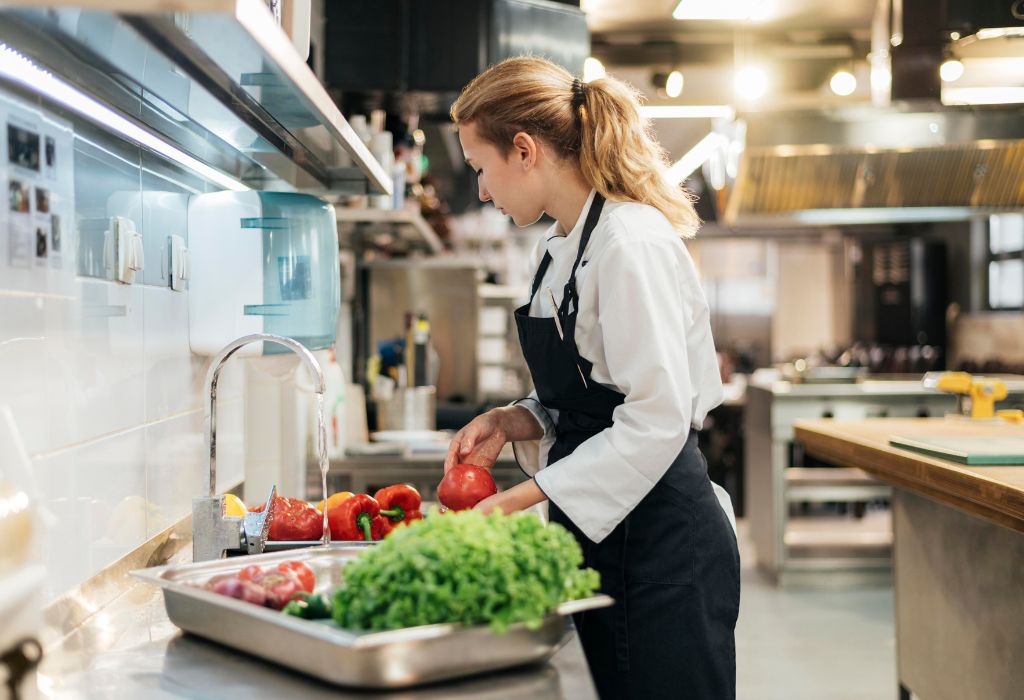
Always ensure that water used for cooking and washing is safe to drink.
Wash fruits and vegetables under running water, even if you plan to peel them.
Avoid expired or spoiled foods — check “use by” dates regularly.
Is tap water safe for cooking?
Yes, if it meets local safety standards.
Do I need to wash pre-washed salad?
It’s optional, but rinsing can remove residual contaminants.
Can moldy bread be salvaged by removing the mold?
No, mold can spread beyond what is visible.
Maintain Appliance Hygiene
Dirty appliances can harbor bacteria and contaminate food.
Clean your refrigerator every month and defrost when necessary.
Sanitize blenders, mixers, and other kitchen gadgets after each use.
How often should I clean my fridge?
Every 1–2 months.
Can dirty appliances spread bacteria?
Yes, especially blenders and food processors.
Should I defrost my freezer regularly?
Yes, if ice buildup is over 1/4 inch thick.
Safe Food Handling During Outdoor Cooking
Outdoor cooking presents unique safety challenges. Keep perishable foods chilled until ready to cook.
Use separate utensils for raw and cooked meat. Cover food to protect from insects.
How to keep food cold outdoors without a fridge?
Use insulated coolers with ice packs.
Can I cook meat partially and finish later?
Not recommended — bacteria can multiply during cooling.
Are disposable plates safer outdoors?
Yes, as they prevent contamination from dirty dishes.
Educate Everyone in the Household
Food safety is a shared responsibility. Make sure all family members know basic rules.
Teach children to wash hands before eating or cooking. Label leftovers with storage dates.
At what age can kids learn about food safety?
As young as 4–5 years old with supervision.
Should I label leftovers with dates?
Yes, to track freshness.
Can guests accidentally cause contamination?
Yes, by handling food with unwashed hands.
Essential Kitchen Safety Tools for Food Hygiene
- Food thermometer for accurate cooking.
- Color-coded cutting boards.
- Refrigerator thermometer.
- Sanitizing wipes or spray.
- Airtight food storage containers.
Conclusion
Food safety is the foundation of healthy cooking. By keeping hands clean, separating raw and cooked foods, cooking at the right temperatures, and storing food properly, you can prevent illness in your home.
Make these food safety points part of your daily cooking routine, and you’ll protect not only your meals but also the people you care about most.
I’m Emma J. Caldwell, the founder, lead writer, and home-cooking enthusiast behind KitchenGuideCo.com. With a background in culinary arts and over a decade of cooking experience in both professional and personal kitchens, I created this platform to demystify recipes, offer smart kitchen gadget reviews, and guide readers through meal prep with confidence and clarity.
